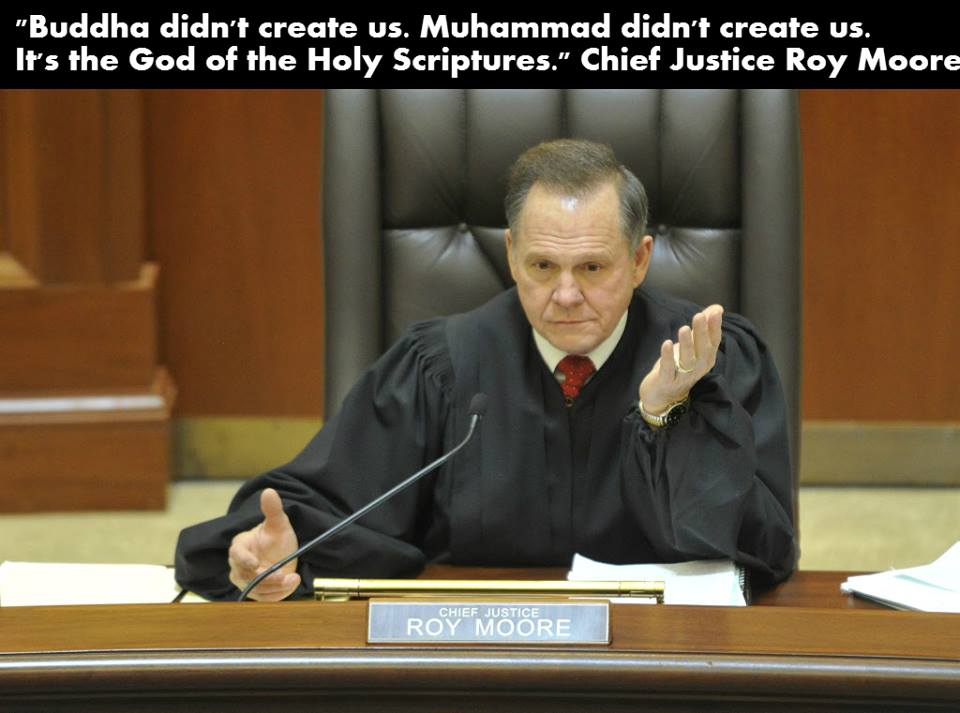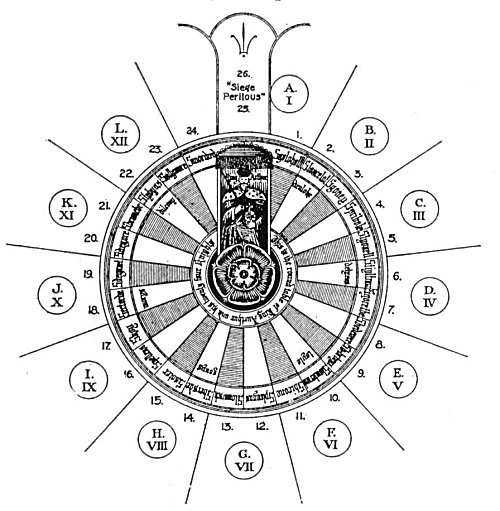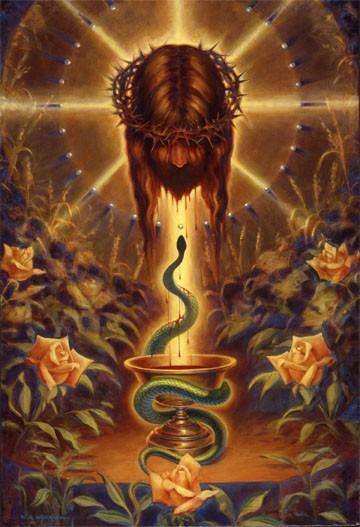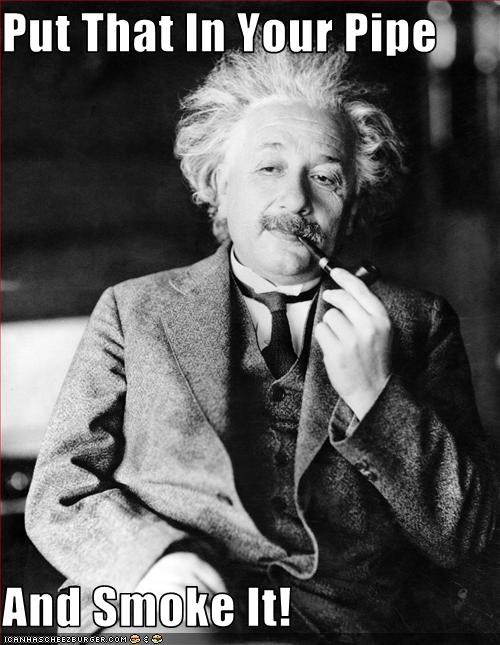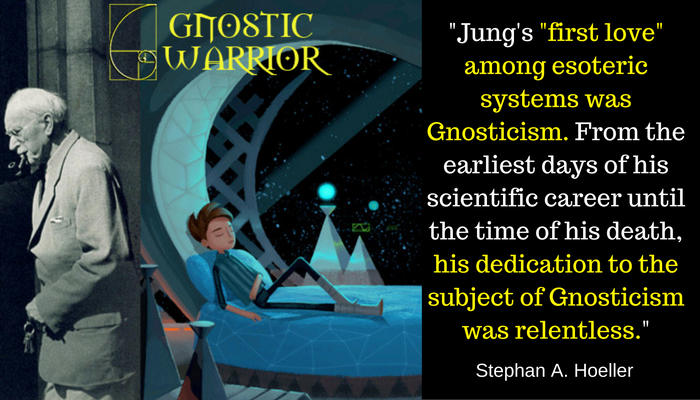[[Column 2 continued]]
Chochmah issuing from Keter, or the androgyne, Adam Kadmon, and the second, Binah, from
Chochmah. If we combine with Jod the three letters which form the name of Eve, we will have the divine tetragram pronounced IEVO-HEVAH, Adam and Eve, , Jehovah, male and female, or the idealization of humanity embodied in the first man. Thus is it that we can prove that, while the Jewish kabalists, in common with their initiated masters, the Chaldeans and the Hindus, adored the Supreme and Unknown God, in the sacred silence of their sanctuaries, the ignorant masses of every nation were left to adore something which was certainly less than the Eternal Substance of the Buddhists, the so-called Atheists. As Brahma, the deity manifested in the mythical Manu, or the first man (born of Swayambhuva, or the Self-existent), is finite, so Jehovah, embodied in Adam and Eve, is but a human god. He is the symbol of humanity, a mixture of good with a portion of unavoidable evil; of spirit fallen into matter. In worshipping Jehovah, we simply worship nature, as embodied in man, half-spiritual and half-material, at best: we are Pantheists, when not fetich worshippers, like the idolatrous Jews, who sacrificed on high places, in groves, to the personified male and female principle, ignorant of IAO, the Supreme “Secret Name” of the Mysteries.
Shekinah is the Hindu Vach, and praised in the same terms as the latter. Though shown in the kabalistic Tree of Life as proceeding from the ninth Sephiroth, yet Shekinah is the “veil” of En-Soph, and the “garment” of Jehovah. The “veil,” for it succeeded for long ages in concealing the real supreme God, the universal Spirit, and masking Jehovah, the exoteric deity, made the Christians accept him as the “father” of the initiated Jesus. Yet the kabalists, as well as the Hindu Dikshita, know the power of the Shekinah or Vach, and call it the “secret wisdom,” .
The triangle played a prominent part in the religious symbolism of every great nation; for everywhere it represented the three great principles — spirit, force, and matter; or the active (male), passive (female), and the dual or correlative principle which partakes of both and binds the two together. It was the Arba or mystic [[Column continues on next page]]
Page 270
[[Column 1 continued]]
vidya,” the thrice sacred science which teaches the Yajus (the sacrificial Mysteries).
Having done with the unrevealed triad, and the first triad of the Sephiroth, called the “intellectual world,” little remains to be said. In the great geometrical figure which has the double triangle in it, the central circle represents the world within the universe. The double triangle belongs to one of the most important, if it is not in itself the most important, of the mystic figures in India. It is the emblem of the Trimurti three in one. The triangle with its apex upward indicates the male principle, downward the female; the two typifying, at the same time, spirit and matter. This world within the infinite universe is the microcosm within the macrocosm, as in the Jewish Kabala. It is the symbol of the womb of the universe, the terrestrial egg, whose archetype is the golden mundane egg. It is from within this spiritual bosom of mother nature that proceed all the great saviours of the universe — the avatars of the invisible Deity.
“Of him who is and yet is not, from the not-being, Eternal Cause, is born the being Pouroucha,” says Manu, the legislator. Pouroucha is the “divine male,” the second god, and the avatar, or the Logos of Para-Brahma and his divine son, who in his turn produced Viradj, the son, or the ideal type of the universe. “Viradj begins the work of creation by producing the ten Pradjapati, ‘the lords of all beings.’ ”
According to the doctrine of Manu, the universe is subjected to a periodical and never-ending succession of creations and dissolutions, which periods of creation are named Manvantara.
“It is the germ (which the Divine Spirit produced from its own substance) which never perishes in the being, for it becomes the soul of Being, and at the period of pralaya (dissolution) it returns to absorb itself again into the Divine Spirit, which itself rests from all eternity [[Column continues on next page]]

Moe is the founder of GnosticWarrior.com. He is a father, husband, author, martial arts black belt, and an expert in Gnosticism, the occult, and esotericism.


